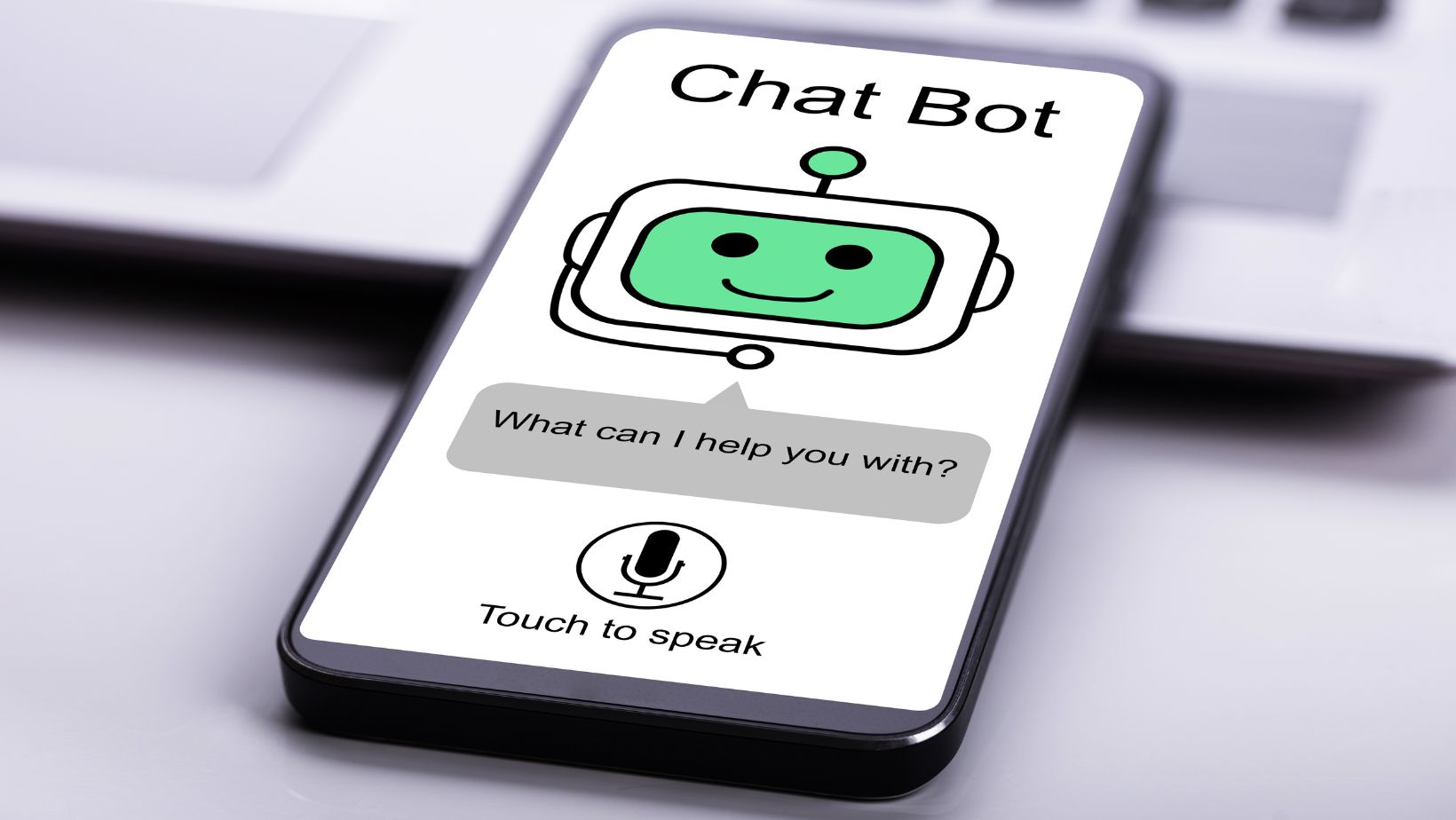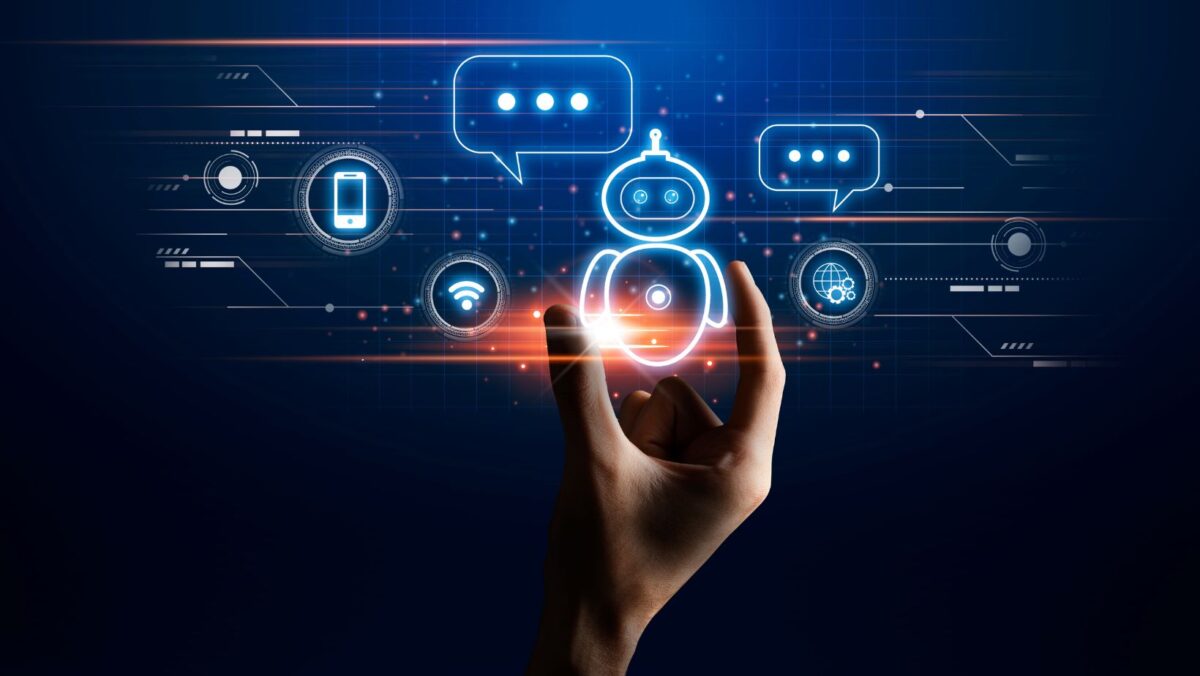When it comes to designing a chatbot, there are several key factors to consider. From defining its purpose and functionality to crafting its conversational flow, every aspect plays a crucial role in creating an effective and user-friendly chatbot. In this article, I’ll guide you through the step-by-step process of designing a chatbot that not only understands your users’ needs but also delivers accurate and helpful responses. Join me as we explore the world of chatbot design and unlock its potential for your business.
In the fast-paced world of technology, staying ahead of the competition requires innovation and adaptability. One way businesses are achieving this is through the implementation of chatbots. These intelligent virtual assistants have revolutionized the way companies interact with their customers, providing instant support and personalized experiences. In this article, I’ll delve into the intricacies of chatbot design, sharing practical tips and strategies to help you create a chatbot that stands out from the crowd and delivers exceptional results.
How To Design A Chatbot
To design a successful chatbot, it is crucial to create and train its Natural Language Processing (NLP) capabilities. NLP allows the chatbot to understand and interpret user input, enabling it to provide accurate and relevant responses. Here are some key considerations to keep in mind during this step:
- Define User Intents: Start by identifying the different intents or purposes behind user queries. These intents could range from asking for information to making a reservation or placing an order. By defining user intents, you can train the chatbot to recognize and respond appropriately to each type of request.
- Build a Knowledge Base: Develop a comprehensive knowledge base by gathering relevant information and resources. This could include FAQs, product catalogs, service offerings, and any other information that users are likely to inquire about. The chatbot should be trained to retrieve and present this information accurately.
- Utilize Machine Learning: Incorporate machine learning algorithms into the chatbot’s NLP model. Machine learning enables the chatbot to improve its accuracy and effectiveness over time by continuously learning from user interactions. This way, the chatbot can adapt and provide better responses as it gains more experience.
- Train the Chatbot: Use real user data to train the chatbot’s NLP model. This data can be collected through manual tagging or through automated processes, depending on the complexity of the chatbot’s functionality. Training the chatbot with actual user interactions helps it understand and respond to a wide range of queries more effectively.
- Continuously Improve: Regularly analyze the chatbot’s performance and user feedback to identify areas for improvement. By monitoring user interactions, you can identify patterns, common errors, and opportunities to enhance the chatbot’s NLP capabilities. Implementing regular updates and improvements will ensure that the chatbot stays up to date and delivers accurate responses.
By following these steps, you can design a chatbot with robust NLP capabilities, enabling it to understand user queries accurately and provide relevant and helpful responses. Remember, the key to success lies in constant monitoring, analysis, and improvement to ensure that the chatbot continues to meet the evolving needs of your users.

Test and Refine Your Chatbot
Once you have designed your chatbot, it’s crucial to test and refine it to ensure it meets the needs of your users. Here are some important steps to take in this process:
- Test with Real Users: Conduct user testing with individuals who match your target audience. This will help you identify any usability issues, confusing prompts, or gaps in the conversational flow. Collect feedback and make necessary adjustments.
- Monitor Performance: Monitor your chatbot’s performance using analytics tools. Track metrics such as response time, user satisfaction, and completion rates. This data will give you insights into areas that need improvement.
- Continuously Improve: Use the feedback and data collected from real users to make iterative improvements to your chatbot. This could include refining the conversational flow, updating the knowledge base, or enhancing the natural language processing capabilities.
- Integrate Machine Learning: Consider implementing machine learning algorithms to enable your chatbot to learn from user interactions. This will allow it to provide more accurate and relevant responses over time.
- Stay Up-to-Date: Regularly update your chatbot to keep up with changing user needs and preferences. Monitor industry trends and incorporate new features or technologies that can enhance the user experience.
- Provide Support: Ensure there is a support system in place for users who encounter issues or have questions while interacting with the chatbot. This could be through live chat, email, or a dedicated support team.
By thoroughly testing and refining your chatbot, you can ensure that it delivers a seamless and personalized user experience. Continuously improving and staying up-to-date with user needs will help you create a chatbot that not only meets business goals but also delights and engages your customers.

